
Introduction
Living in urban areas often means dealing with limited outdoor space and less exposure to nature. This can affect mental and physical well-being negatively. But what if you could bring nature right into your small urban balcony, rooftop, or apartment with smart design? This is where biophilic design for small urban spaces becomes a game-changer. In this blog, we’ll explore how to create pockets of natural beauty and calm, even in the most compact city dwellings, using biophilic principles tailored for limited spaces.
What is Biophilic Design?
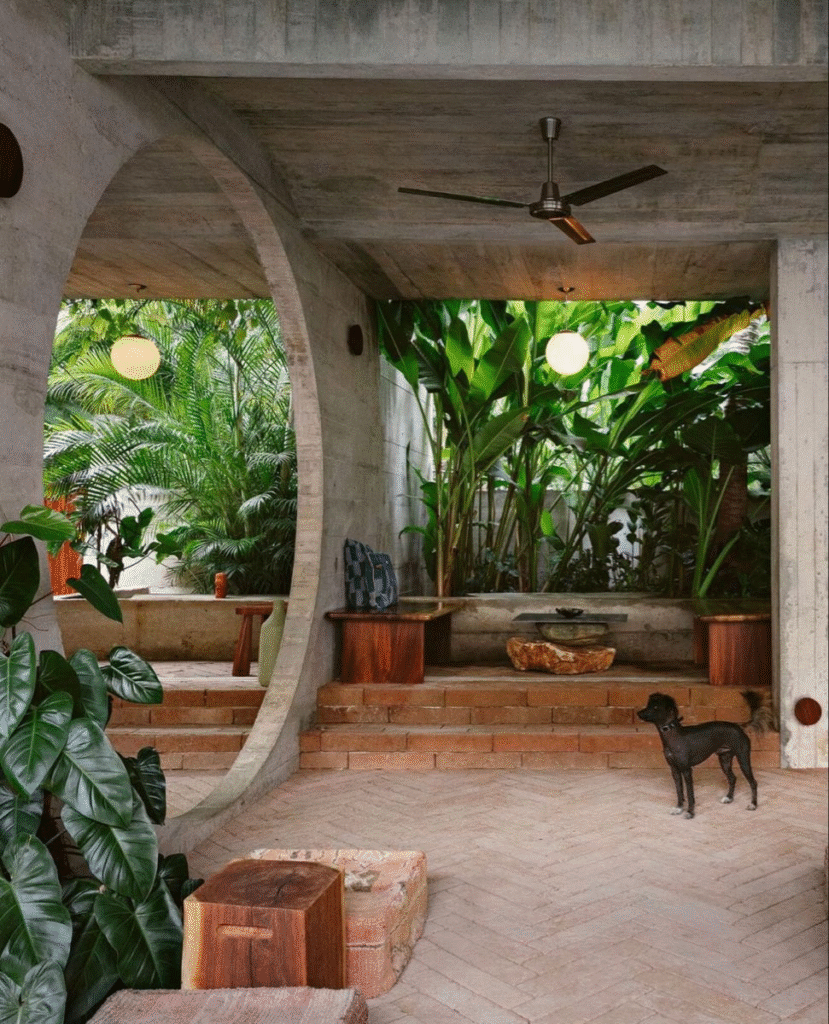
Biophilic design is an architectural and interior design approach that connects people with nature by incorporating natural elements into built environments. It’s based on the idea that humans have an innate desire to interact with nature, known as biophilia.
Biophilic design uses plants, natural light, water features, natural materials, and patterns inspired by nature to create spaces that improve well-being, productivity, and environmental sustainability.
Importance of Biophilic Design in Urban Spaces
As urbanization surges globally, many city dwellers face “nature deficit,” which is linked to increased stress, anxiety, and decreased overall health. Integrating biophilic design into urban areas can:
- Reduce stress and anxiety
- Improve air quality
- Boost mood and productivity
- Increase connection and satisfaction with space
- Enhance biodiversity even in dense city centers
Challenges of Small Urban Spaces
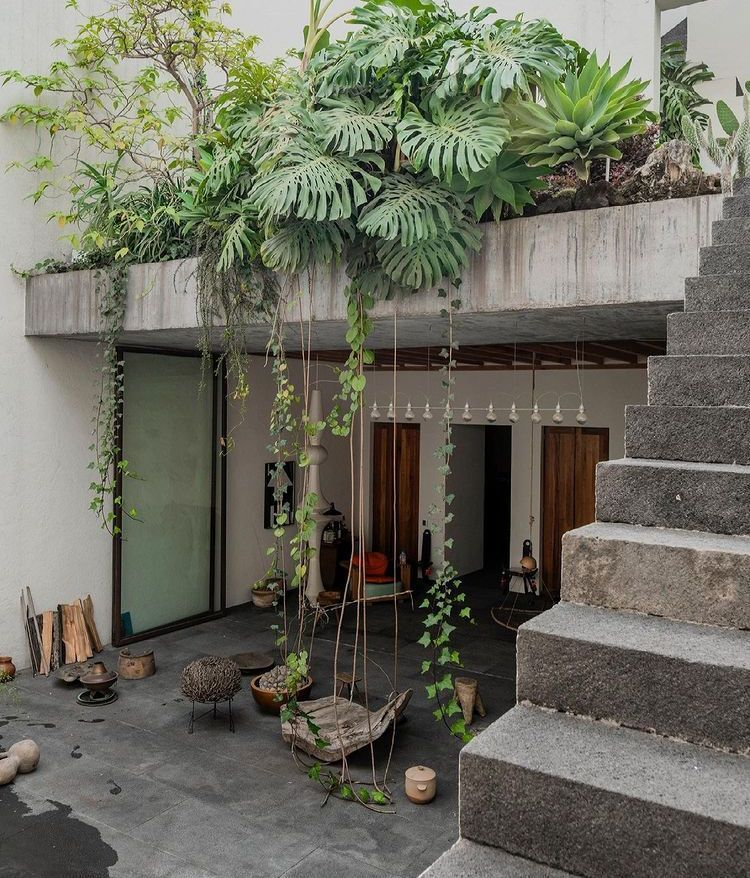
Small urban spaces come with unique constraints:
- Limited floor area
- Lack of natural ground for planting
- Restrictions on heavy installations
- Less natural light due to surrounding buildings
Despite these challenges, even tiny spaces can harness biophilic benefits with creative design.
Biophilic Design Principles for Small Urban Areas
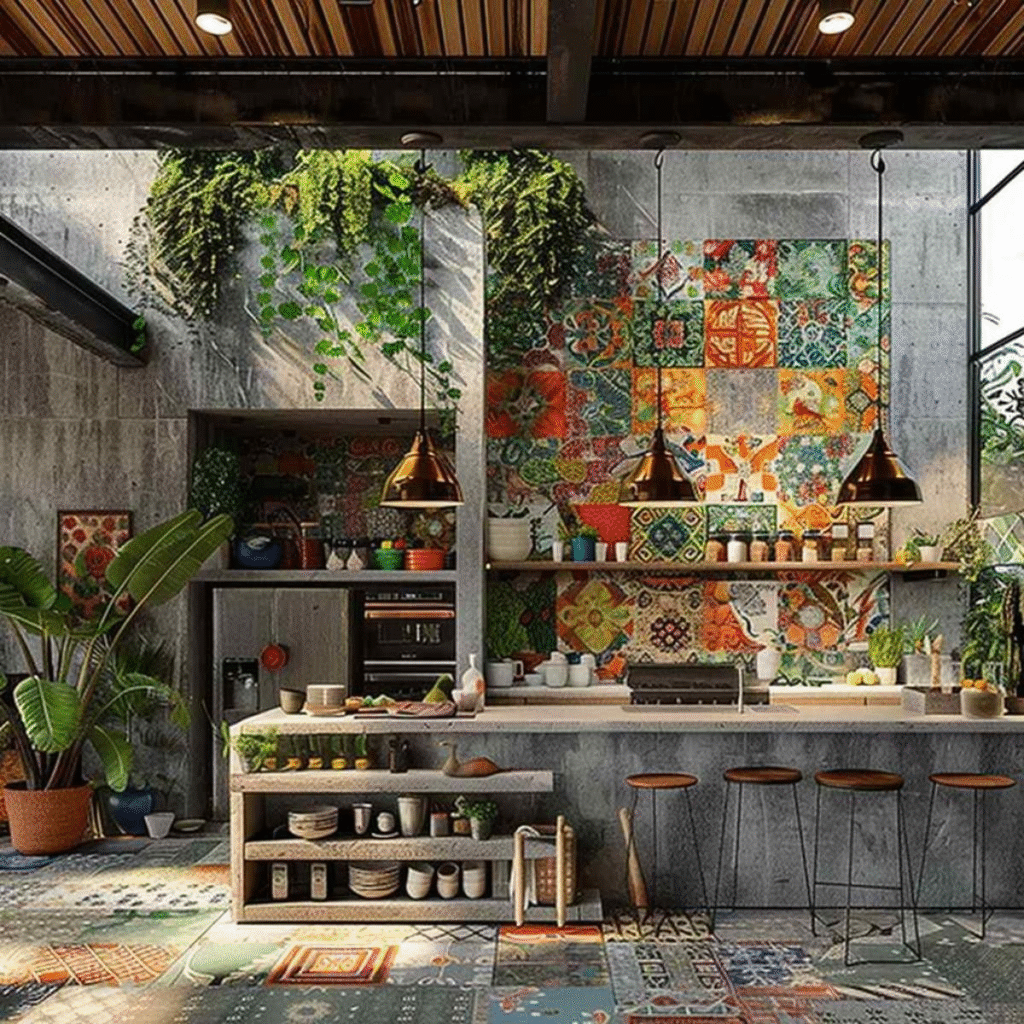
Incorporating Natural Elements
Introduce plants and natural materials creatively without overcrowding. Even one statement plant or a small wall garden can bring vitality.
Maximizing Natural Light
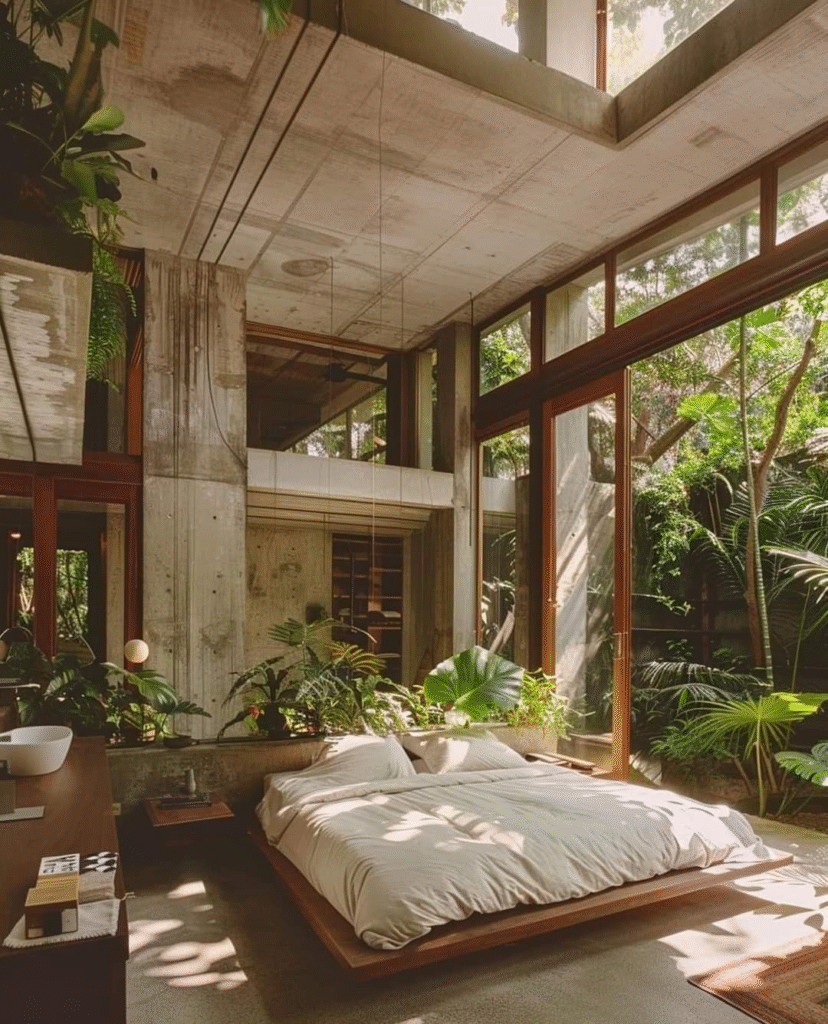
Use translucent curtains, reflective surfaces, and mirrors to amplify natural light intake, a core biophilic element.
Using Natural Materials
Choose wood, stone, bamboo, wool, and cotton for furniture and decor to bring nature’s textures indoors.
Creating Visual Connections with Nature
Design windows and seating areas to face greenery or city parks, even a simple bird feeder outside a window helps.
Practical Biophilic Design Ideas for Small Urban Spaces

Vertical Gardens and Green Walls
Harness vertical space with hanging planters or modular green walls. They clean the air and create lush aesthetics without using floor space.
Balcony and Rooftop Gardens
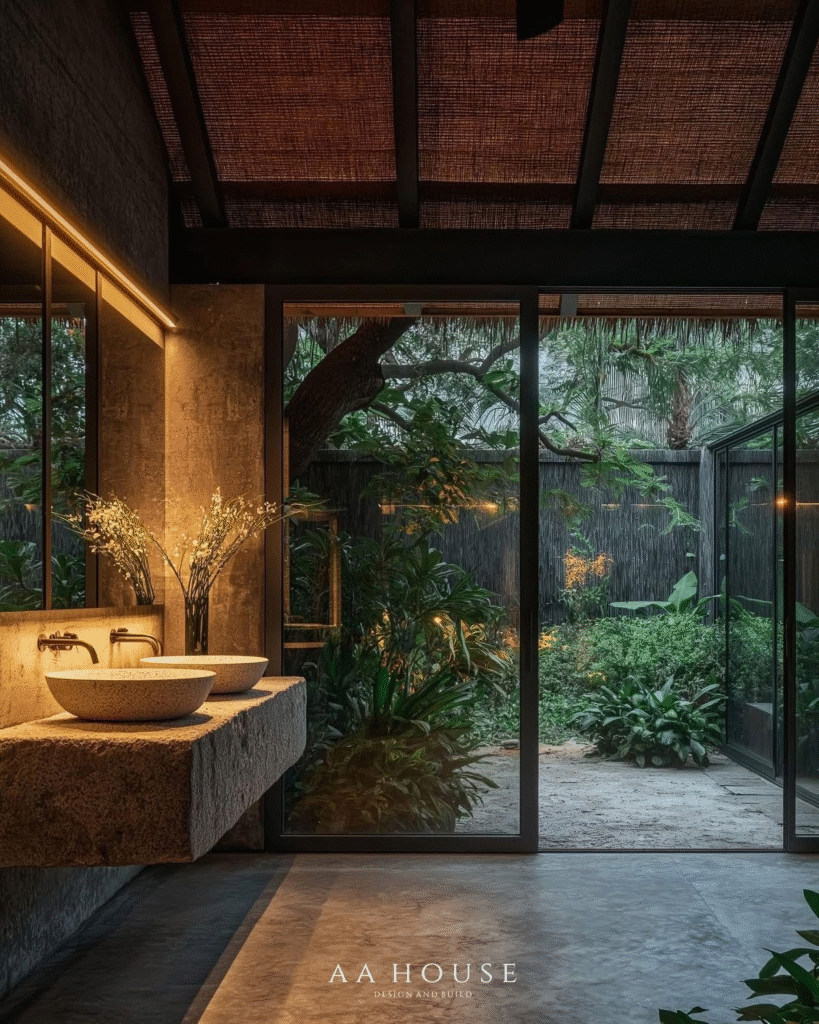
Convert balconies or rooftops into tiny ecosystems combining container plants, herbs, succulents, and even small trees if space permits.
Small Water Features
Placing a small fountain or a water bowl with aquatic plants adds sound and motion that calm the mind.
Incorporating Natural Textures and Colors

Use earth tones and natural fabrics in cushions, rugs, and curtains to complement live greenery, completing the biophilic feel.
Benefits of Biophilic Design in Urban Environments

- Enhanced mental clarity and creativity
- Improved physical well-being and reduced symptoms of illness
- Increased social interaction in community gardens
- Greater sustainability and connection to nature
Case Studies: Successful Small Urban Biophilic Spaces
- New York Apartment Balcony Garden: A micro balcony transformed with box planters and smart irrigation to create a peaceful retreat.
- Tokyo Rooftop Pocket Park: A rooftop converted into a small park with bamboo screens, native plants, and seating.
- London Flat with Green Wall: Indoor vertical garden in a small living room that improves air quality and visual appeal.
FAQ
Q1: Is biophilic design expensive for small urban spaces?
A1: Not necessarily. Many biophilic elements can be introduced affordably, such as small plants or natural textiles.
Q2: How much sunlight is needed for plants in urban biophilic designs?
A2: It depends on the plant species. Shade-tolerant and low-light plants are ideal for balconies with minimal sunlight.
Q3: Can biophilic design help with air quality indoors?
A3: Yes, plants can reduce indoor pollutants and improve oxygen levels.
Q4: What are the best plants for small urban balconies?
A4: Succulents, ferns, herbs, and small flowering plants like geraniums are popular choices.
Q5: Is water maintenance high with small water features?
A5: Maintenance can be minimal if you choose the right feature and keep water clean regularly.
Conclusion
Biophilic design for small urban spaces is not just an aesthetic choice; it’s a practical solution to urban life’s challenges. By cleverly integrating natural elements, maximizing light, and using textures and materials inspired by nature, even the smallest city spaces can become havens of health and tranquility. Whether through vertical gardens, balcony retreats, or indoor greenery, bringing nature into your urban life enriches daily living profoundly.
Call to Action
If you’re ready to transform your small urban space into a natural sanctuary or want expert advice tailored to your needs, get in touch with me directly!
Call or WhatsApp: +91 94675 99688
Email: contact@mishulgupta.com
I’m here to help you bring the calming benefits of biophilic design into your urban life. Share your questions, ideas, or project details, and let’s create together!
